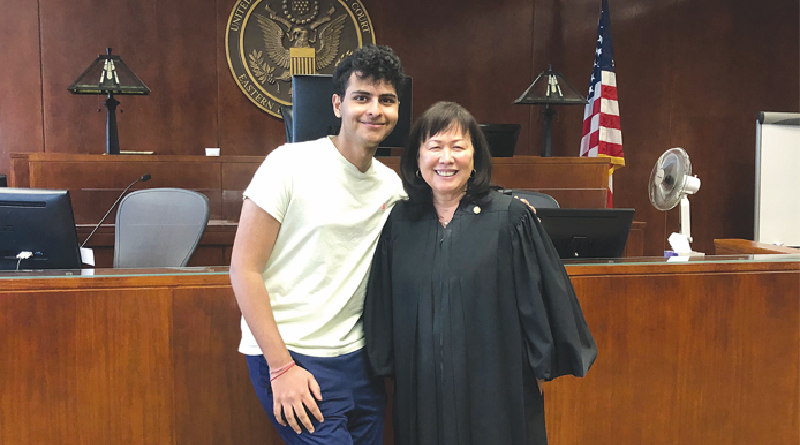Personalities And Pluralism: Empathy Provides Path to Inclusion
By Zubin Mehta
When we think of leadership, we generally think that extroversion rules.

Most of us are encouraged to be outgoing, talkative, enthusiastic, and make every effort to fit into an extroverted persona to be viewed as leaders, raising the question, “Aren’t personalities a part of the pluralism of we?”
My science-based electroencephalography (EEG) study indicated that people, both introverted and extroverted, are drawn towards extroversion.
The same study indicated a preference to masquerade to fit in over identifying as an introvert, as it’s often seen as a weakness.
Concerned that masquerading to extroversion creates an echo chamber and the loss of diversity in thought, I began uncovering insights through leadership interviews.
I interviewed Dr. Stephanie Knight, dean of the Simmons School of Education at SMU, who described to me how “academia has favored extroverts; those who talk most get noticed, but not necessarily have the best idea.”
To change that, “You must model what civil discourse looks like,” says Collin Igoe, Upper School head at St. Mark’s School of Texas.
Shyam Venkat, CIO at Pepsi, explained: “there is lots of focus on racial (and) gender diversity which are important, but often thought diversity takes a backseat.”
This got me thinking about what we have learned about human diversity from our past leaders and how that applies to our future.
In fact, “Introverts have made great leaders; many of our forefathers are classically introverts,” said Genevieve Collins, who ran for Congress in 2020.
And these differences are a part of our future, so “putting people in boxes takes their potential away,” explained Mehran Assadi, CEO for National Life Group.
To get the best out of people, “embrace personality differences,” said Chief U.S. Bankruptcy Judge Brenda Rhodes of the Eastern District of Texas.
To succeed, we need EMPATHY to bring diversity, equity, and inclusion to the forefront.
E — Engage with new rules that break the paradigm by determining personality types.
M — Meet people where they are versus having them try to match your personality.
P — Pause to process. Allow 30 seconds to process before responding to questions.
A — Alternatives. Change from verbal to whiteboard responses.
T — Take a break. Offer a restroom break for the introvert to recharge.
H — Humanize the communication process from monologue to connection.
Y — YOU are the person that has the power to change the process — use it!
As Sean Woodroffe, chief people officer for TIAA, summarized for me, “The juxtaposition of introversion and extroversion … requires special effort to cope with situational context on the part of introverts and extroverts.”
For change to occur, we must find ways to connect with people and encourage them to participate.
That is inclusion.
Zubin Mehta is a senior at St. Mark’s School of Texas.






